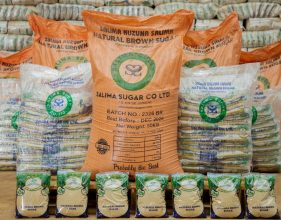Agricultural architecture does not support resilience—VP
Vice-President Saulos Chilima has said the country’s agricultural architecture is not resilient enough to withstand climate shocks.
Delivering a key note address at this years’ Compact 2025 Malawi Roundtable hosted by the International Food Policy Research Institute (Ifpri), Chilima said current agriculture structural design, where impact of investment is social protection-oriented like the Farm Input Subsidy Programme (Fisp) other than goal oriented, has not been useful to build resilience.

He said while government has consistently allocated over 10 percent of the national budget to agriculture to ensure food security, it did not build resilience, hence, growth in the sector has been inconsistent.
For example, the sector grew by 6.1 percent in 2014, negative one percent in 2015 and negative 0.2 percent in 2016, where 2015 and 2016 were disasters years, indicating the sectors’ vulnerability to weather-related shocks.
“There is need to take considerations into economic resilience considering that the economy is agro-based; hence, any shock in the sector has adverse effects on household consumption and expenditure patterns and export proceeds.
“Building resilience is no longer a talk show. Government is building MGDSIII [Malawi Growth and Development Strategy Three] and therefore, the private sector and other stakeholders should support this cause for the country to move from relief to resilience,” said Chilima.
In his remarks, Ifpri Malawi country programme leader Bob Baulch said while there is high level commitment from government to build resilience, the approach has been fragmented across ministries.
Malawi continues to experience different forms of disasters and the severity has been increasing in recent years. In 2015, floods affected 1.1 million people, displaced 230 people and killed 106 people. In 2016, drought rendered 6.7 million people destitute and required $395 million (about K290 billion) on intervention and response. n





